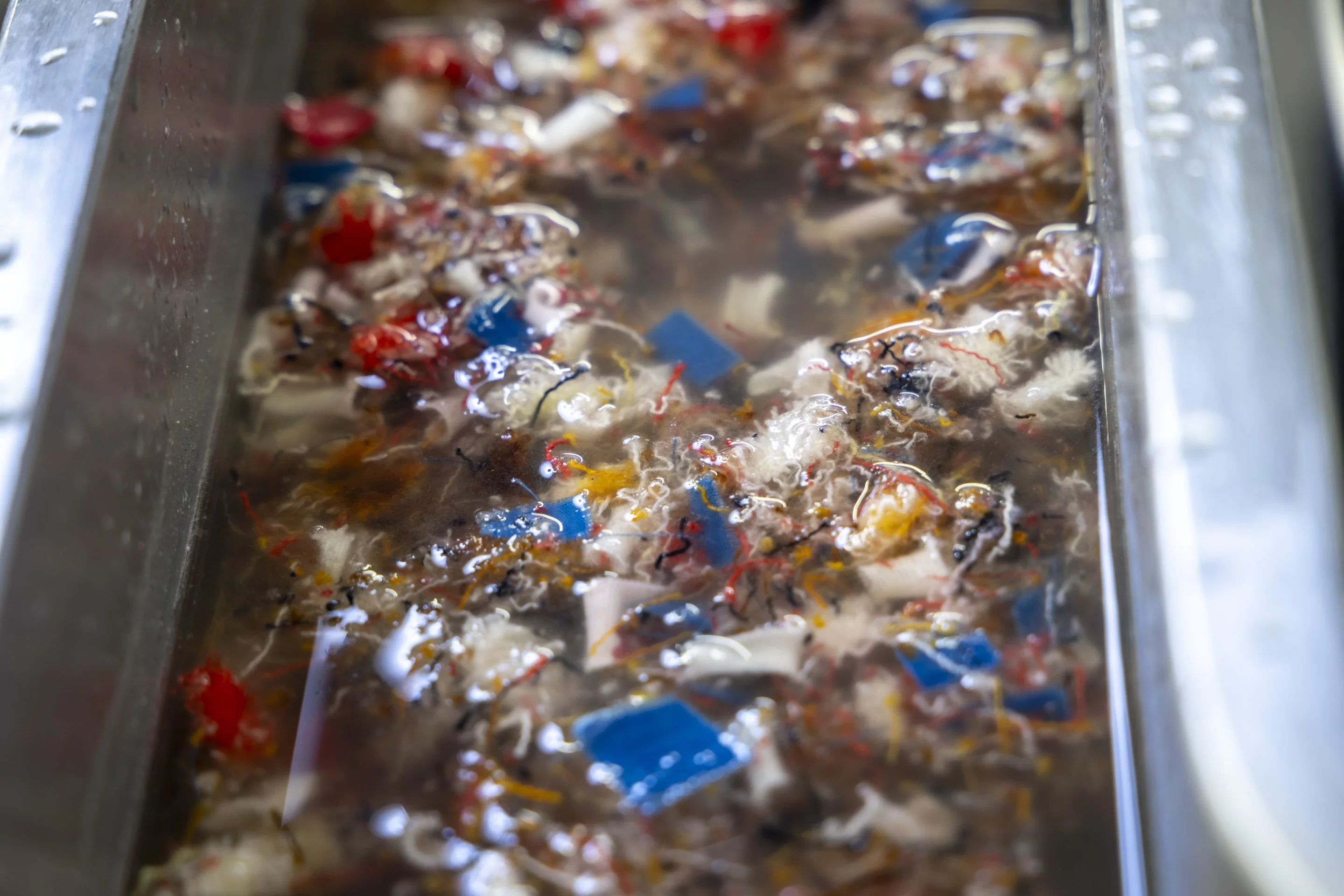While it's great that many types of paper can now be recycled, textile waste is still mostly just dumped or burned (with a few experimental exceptions). A new technique could change that by combining the two materials, using discarded cotton clothing to boost the strength of packaging paper.
The process is being developed at Austria's Graz University of Technology, by a team led by postdoctoral researcher Thomas Harter.
It begins with discarded cotton-based clothing being mechanically ripped into shreds and then combined with a water-based solvent solution. That mixture is subsequently milled in order to pull apart the interwoven cotton fibers without allowing them to clump together or form knots.
The resulting fibrous slurry is claimed to be much like the pulp used in paper-making. In fact, the substance gets added to the recycled-paper pulp utilized in the production of packaging papers such as cardboard, boosting the strength of the finished product.

Lab tests have reportedly shown that even when the enhanced paper contains just 30% textile fiber, it's still significantly stronger than packaging paper made purely from recycled-paper fiber. This is because at average 1.7 mm in length, the textile fibers are much longer than their paper counterparts. Both cotton fibers and the wood fibers traditionally used in paper-making are mainly composed of cellulose.
Importantly, the boosted packaging paper can be processed just like regular paper. It does have a brownish color which is interspersed with colored specks from color-dyed fabrics, but that characteristic has no effect on its performance.
It is hoped that once the technology is developed further, it could divert textile waste from going to landfills, produce stronger packaging paper that lasts longer before needing to be recycled, and reduce the amount of discarded paper needed for the production of packaging paper.
Harter and colleagues are now exploring methods of scaling the technology up for industrial usage, part of which will involve reducing the energy requirements for the milling process. This could be facilitated by pretreating the shredded fabric with enzymes, which would allow the cotton fibers to fall apart more easily.
Source: TU Graz





